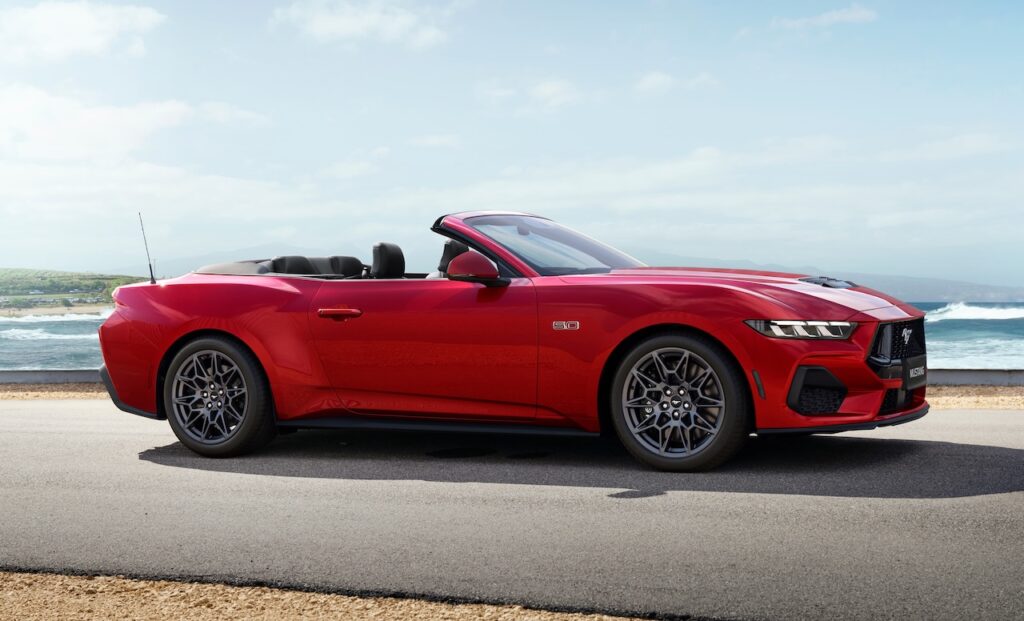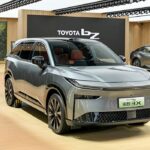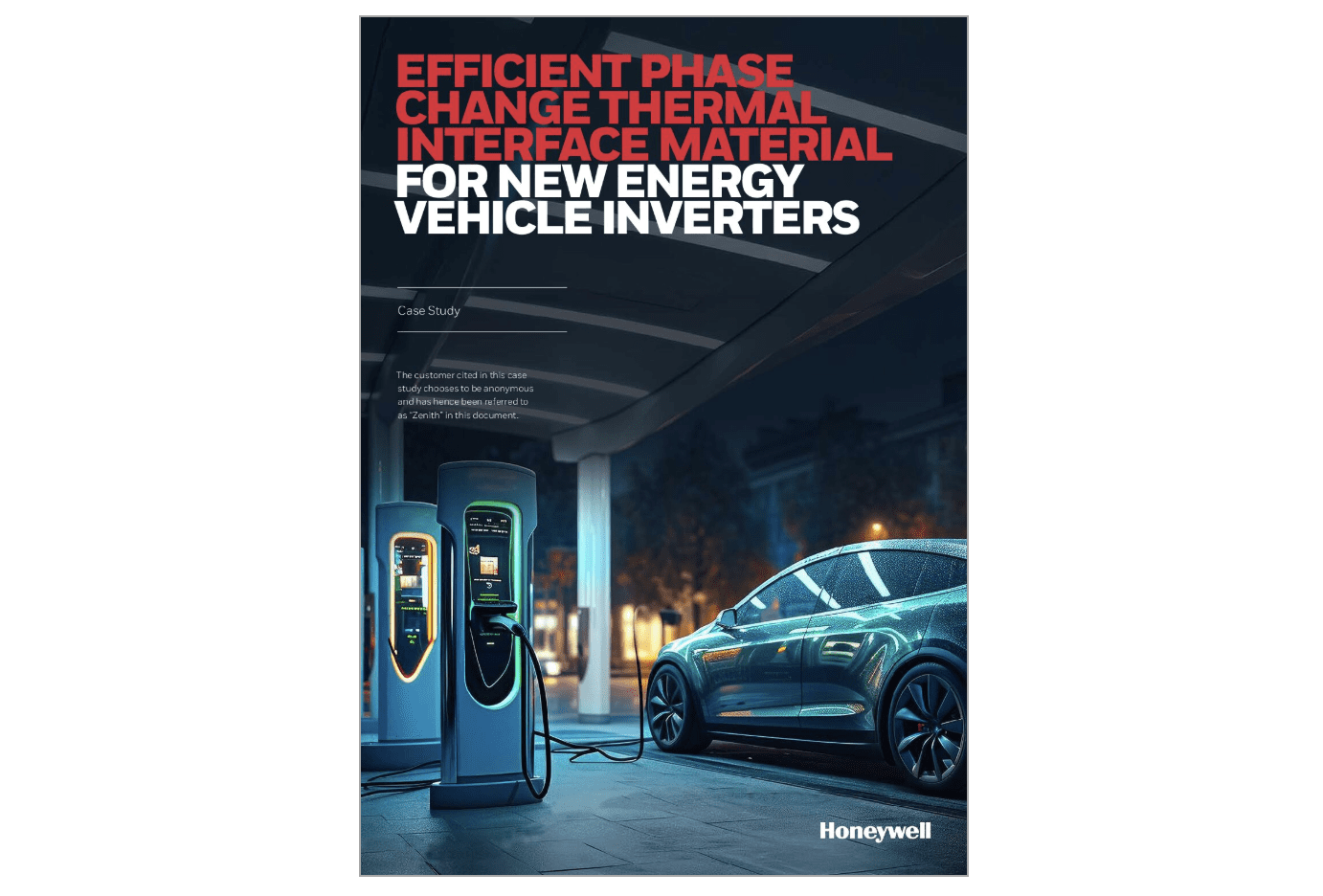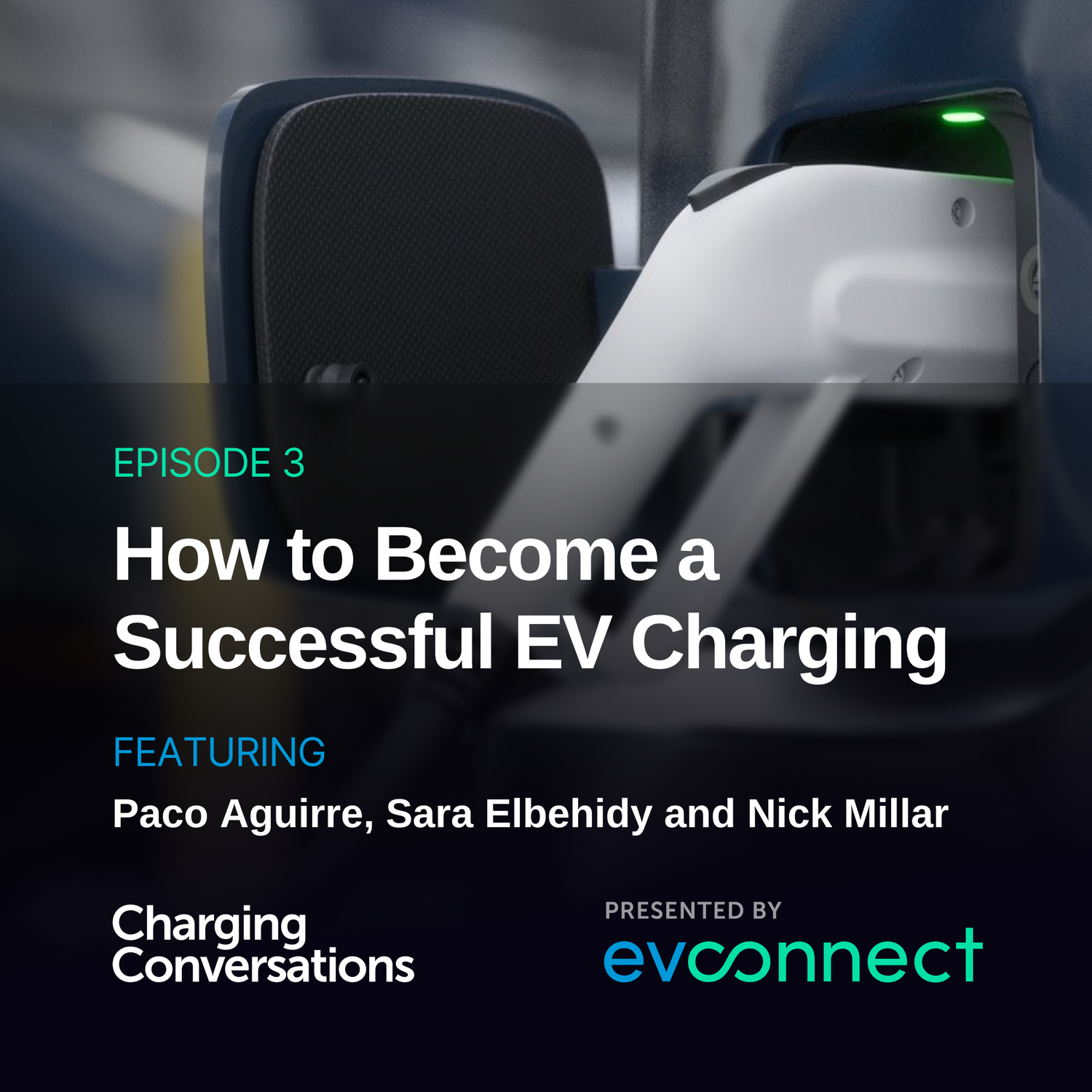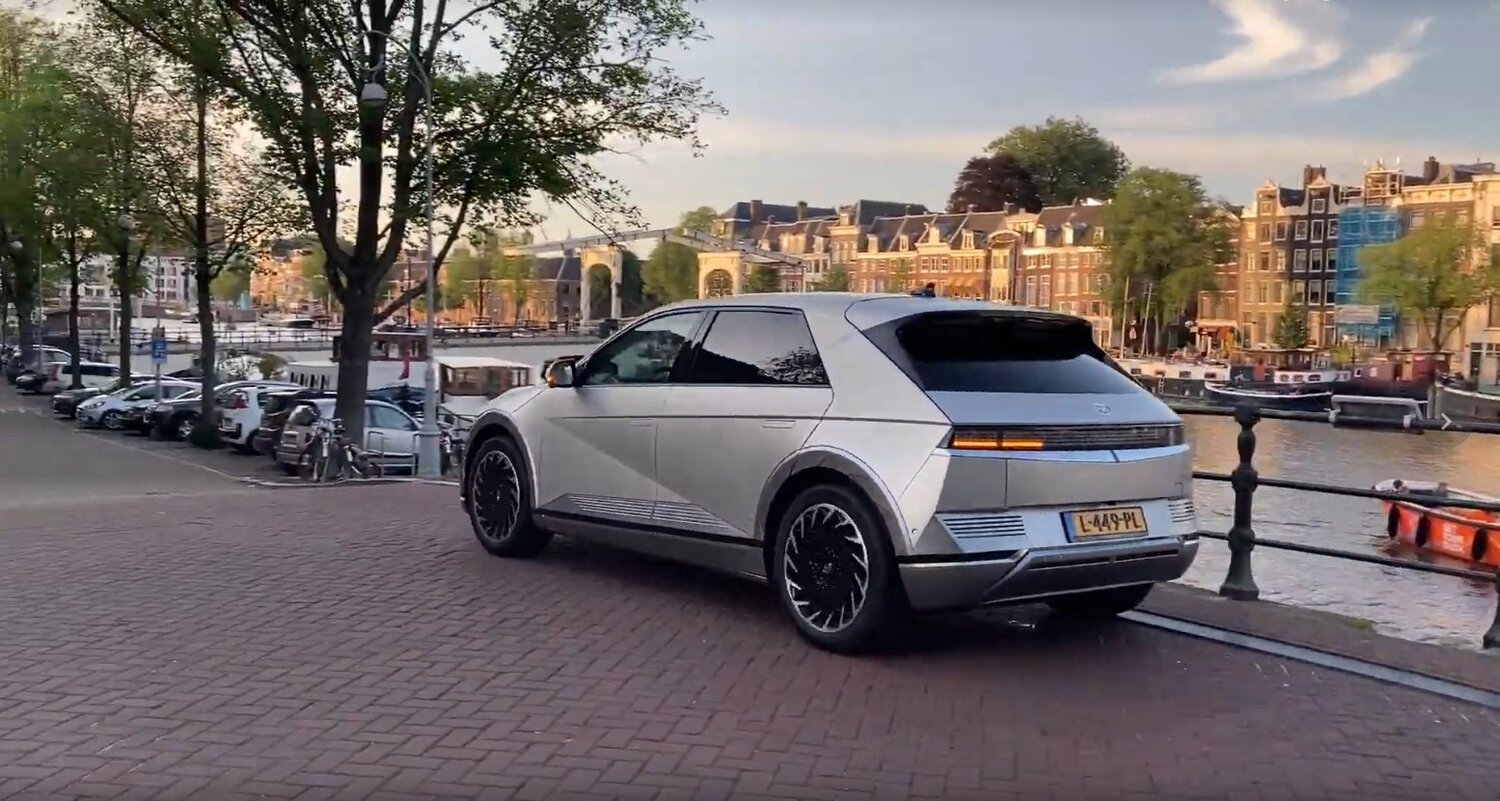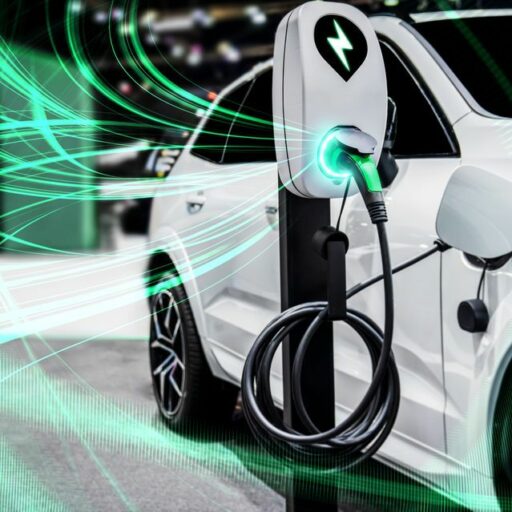Australia’s most affordable new V8 has gone up $5000 and Ford Australia says the New Vehicle Efficiency Standard (NVES) is partly responsible.
The iconic Ford Mustang coupe and convertible range was hit by the price rise from July 1, the same day fines and credits started to be assessed under NVES.
READ MORE: 2025 Ford Ranger PHEV Review: The best diesel dual cab ute is now plug-in petrol-electric, should BYD Shark 6 and GWM Cannon Alpha be scared?
READ MORE: More competition for LDV, Benz and VW in mid-size vans: Ford confirms pricing for Transit Custom EV and PHEV
READ MORE: NVES Strikes! Ford Everest and Isuzu MU-X diesel SUVs are culled to avoid CO2 emissions fines
Diesel Ford Ranger ute and Everest SUV model also went up on July 1 in part because of NVES, but by much smaller amounts.
The 2.3-litre four-cylinder turbo-petrol Mustang Ecoboost is now priced at $71,990, while Australia’s most affordable remaining V8, the Mustang GT manual climbs to $83,990. The V8 GT automatic is $86,990 and the V8 GT Convertible $92,667.

All pricing is recommended and plus on-road costs. There are no equipment or specification changes to any model.
That means – based on a Melbourne 3000 postcode – the most expensive Mustang GT Convertible now costs more than $103,000 on the road.
Based on the same postcode, the cheapest Ecoboost model is now priced just under $80,000.
The NVES is specifically designed to encourage the import and sale of zero emissions vehicles. They earn credits under NVES.

High emissions vehicles such as the Mustang V8, which officially belches out as much as 310g CO2/km, are discouraged by the NVES because they earn financial penalties.
Credits can wipe out penalties, with no fines due to be applied until February 2028.
However, Ford has clearly done its sums and realised its line-up is going to end up in the penalty zone so it better start sticking money away for 2028 now.
“The introduction of the New Vehicle Efficiency Standard (NVES) was a factor in our decision,” a Ford spokesman said in an emailed response to questions about the price rises.

“Other influences that typically impact pricing include shipping and logistics costs, exchange rates, market dynamics, and customer demand.”
However, the spokesman was insistent the NCES-driven rises would not spell the end ofr Mustang in Australia.
“Mustang is and will continue to be an exciting part of our line-up,” the spokesman said. “We are thrilled to add to its iconic history locally both on the road and on the race track going into the future.”
It is feasible that Mustang – because of its unique position in the market – is shouldering more of the financial penalty load than some other Ford models such as Ranger that compete in much more price sensitive segments with heavy competition. Ranger’s penalties can also be amortised over much higher sales.
However, Ford’s diesel line-up has already been signficantly impacted by NVES , with the cheapest rear-wheel drive Everest models dropped from the line-up earlier this year.
“A range of factors impact pricing, and from time to time we adjust our recommended manufacturer’s list prices based on these,” the spokesman said.
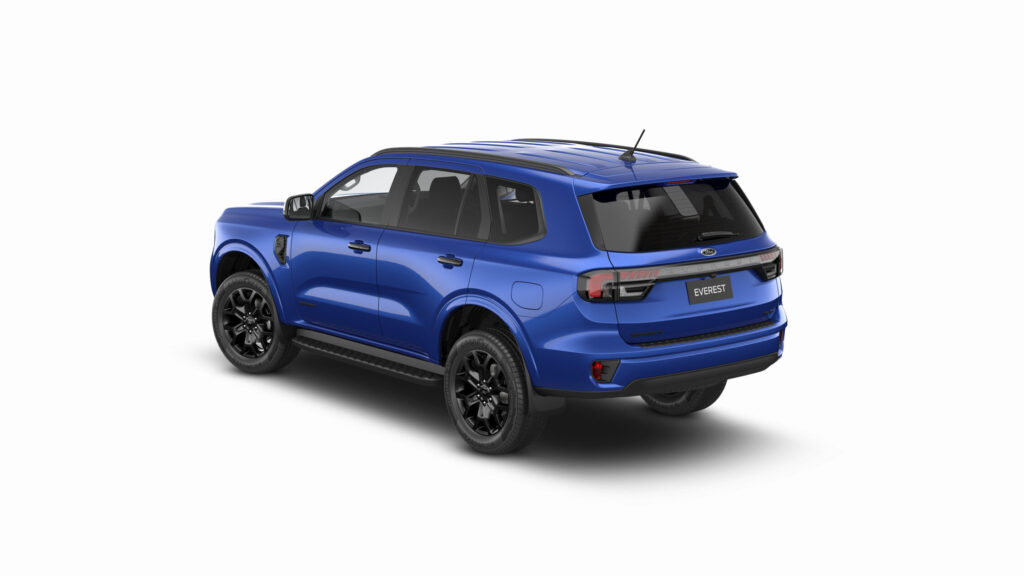
“Regulatory considerations is one factor, but pricing decisions are always the result of a complex analysis process.
“NVES is a new, complex dynamic that will continue to influence the industry, and we will navigate and adapt to its impacts as it evolves.”
One factor ruled out in making these changes was the turbulent international tariffs situation triggered by President Donald Trump’s sweeping ‘Liberation Day’ announcements.
“This pricing decision was not impacted by any tariff-related considerations,” the spokesman stated. “However, we continue to work with our colleagues globally to navigate any changes in the economic landscape.”
The Mustang is the last remaining passenger car in the Ford Australia line-up. Vans, utes and SUVs account for the rest of its range.
Its electrified line-up includes the EV Mustang Mach-E, E-Transit and E-Transit Custom and the PHEV Ranger and Transit Custom.
